
Start With Accurate Marks
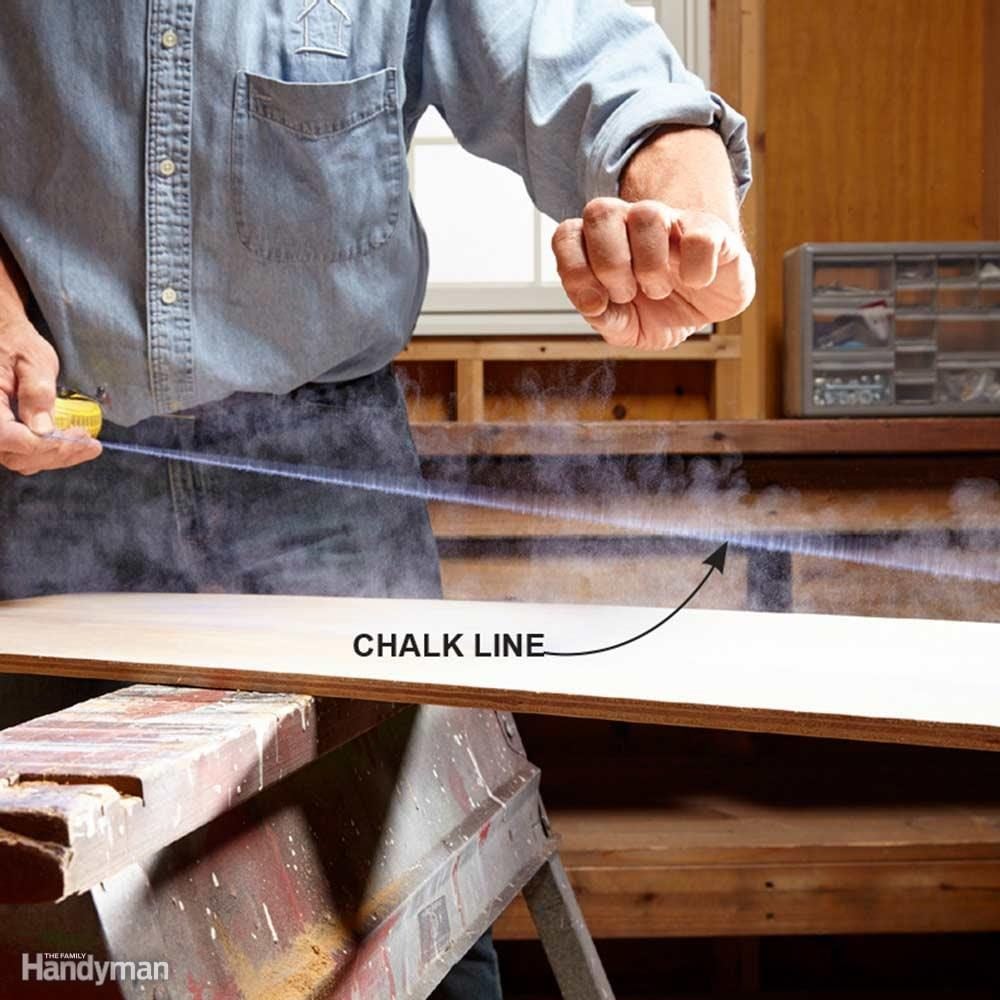
Sharper Chalk Lines
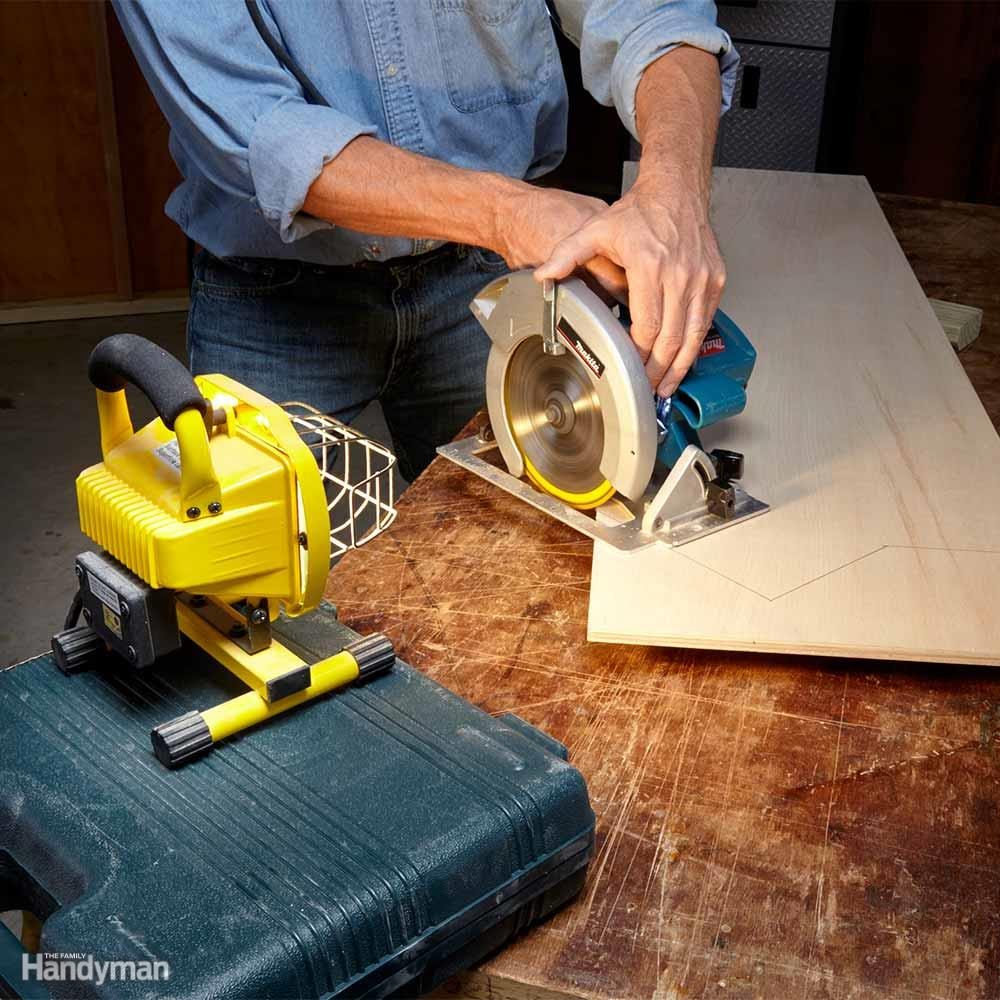
Light the Cut
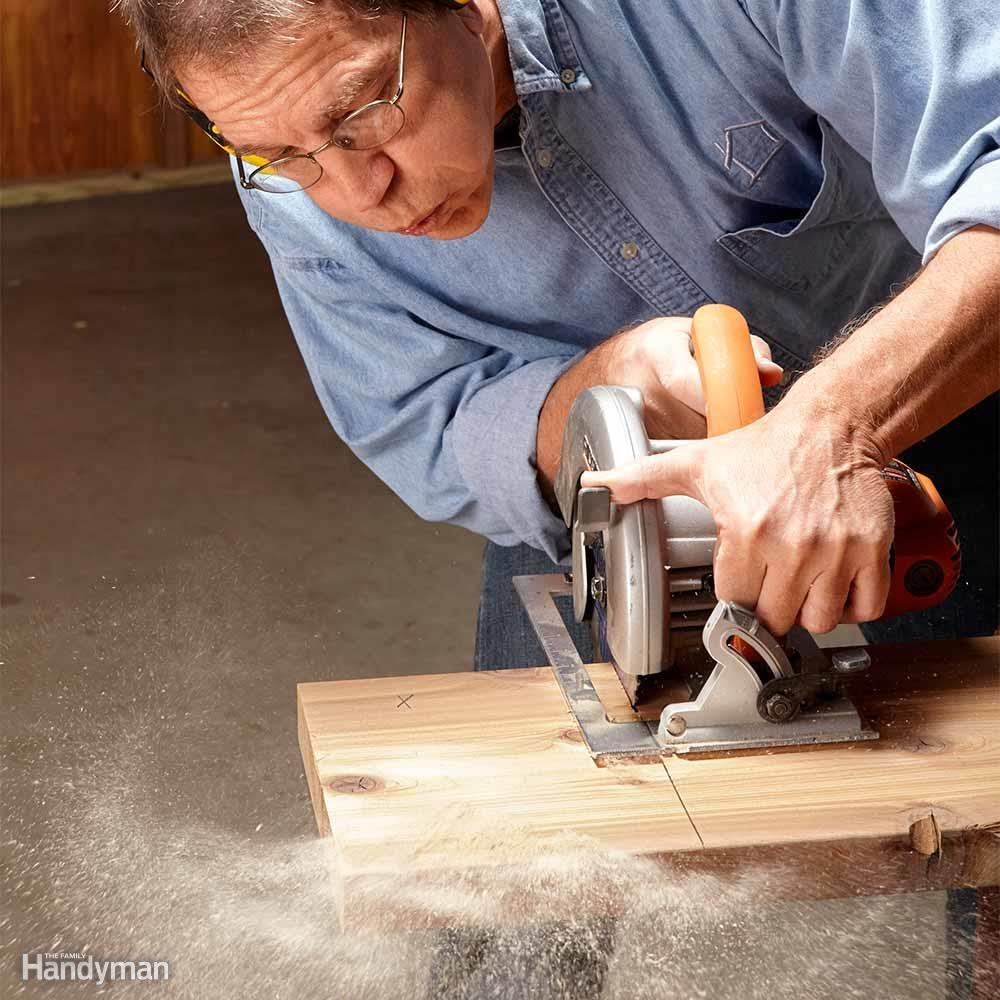
Watch the Blade, Not the Guides
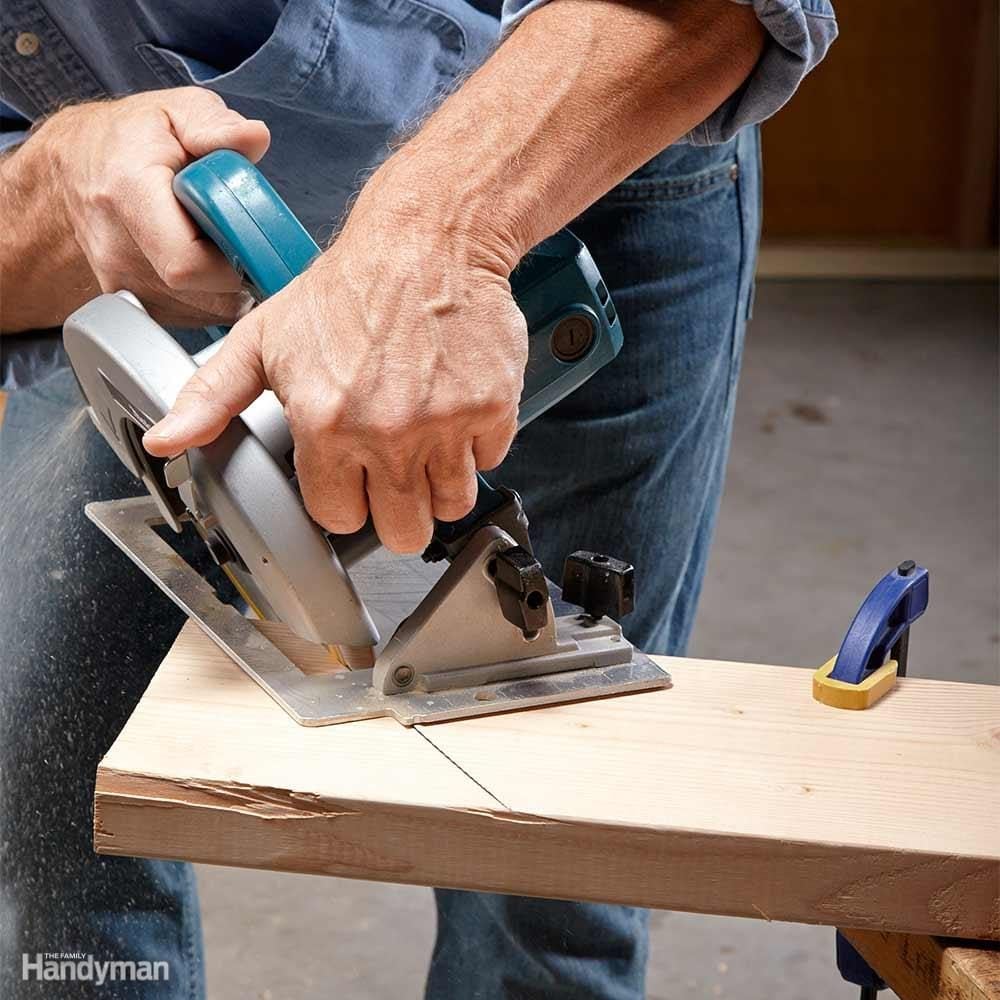
Clamp Before Cutting Angles
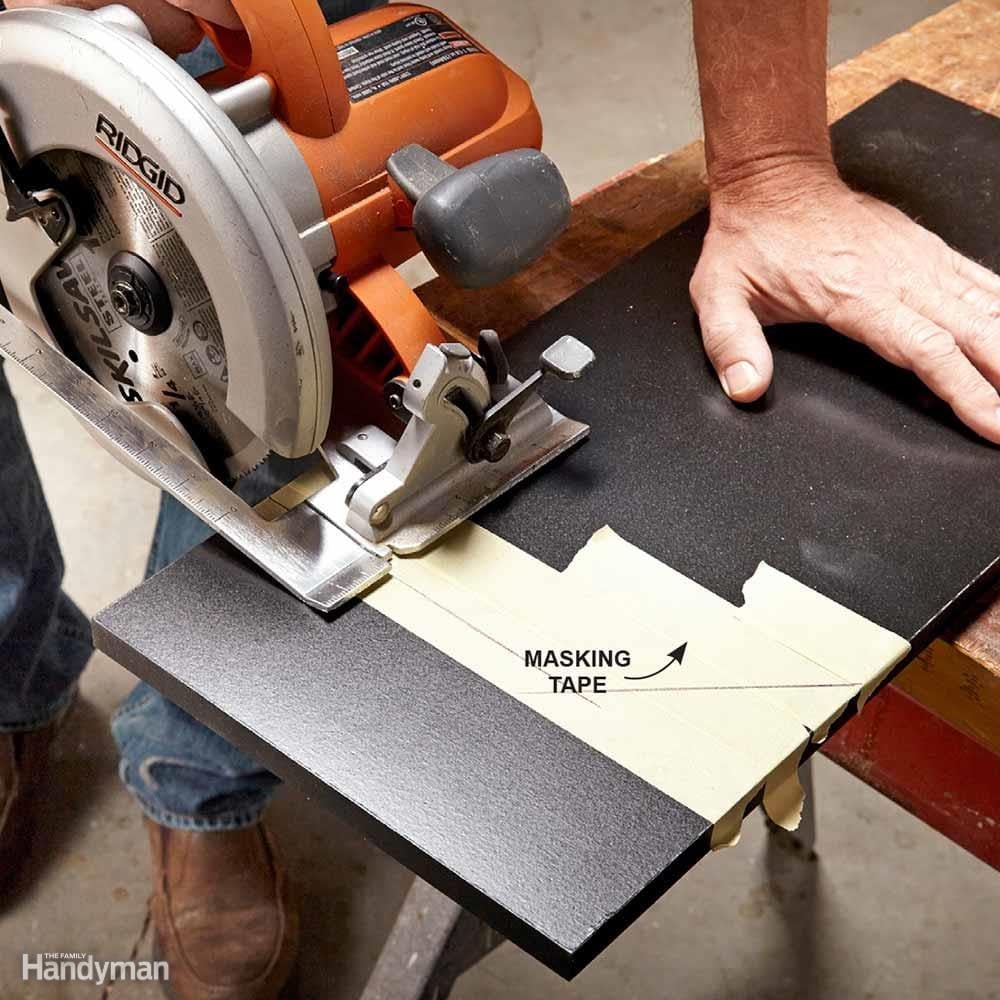
Tape Before You Mark
When cutting dark wood or laminate, mark your cutting line on masking tape rather than directly on the workpiece. You'll be able to see your line easier, and in some cases—like when you're cutting hardwood plywood—the masking tape can minimize splintering.

Safe = Accurate
What do earmuffs, safety glasses and dust masks have to do with cutting accurately? Well, it's tough to watch the cutting line with your eyes squinting and blinking through a storm of sawdust. And let's face it: Protection against noise, dust and splinters will make you more comfortable and more patient—and less likely to make a sloppy rush through the cut.
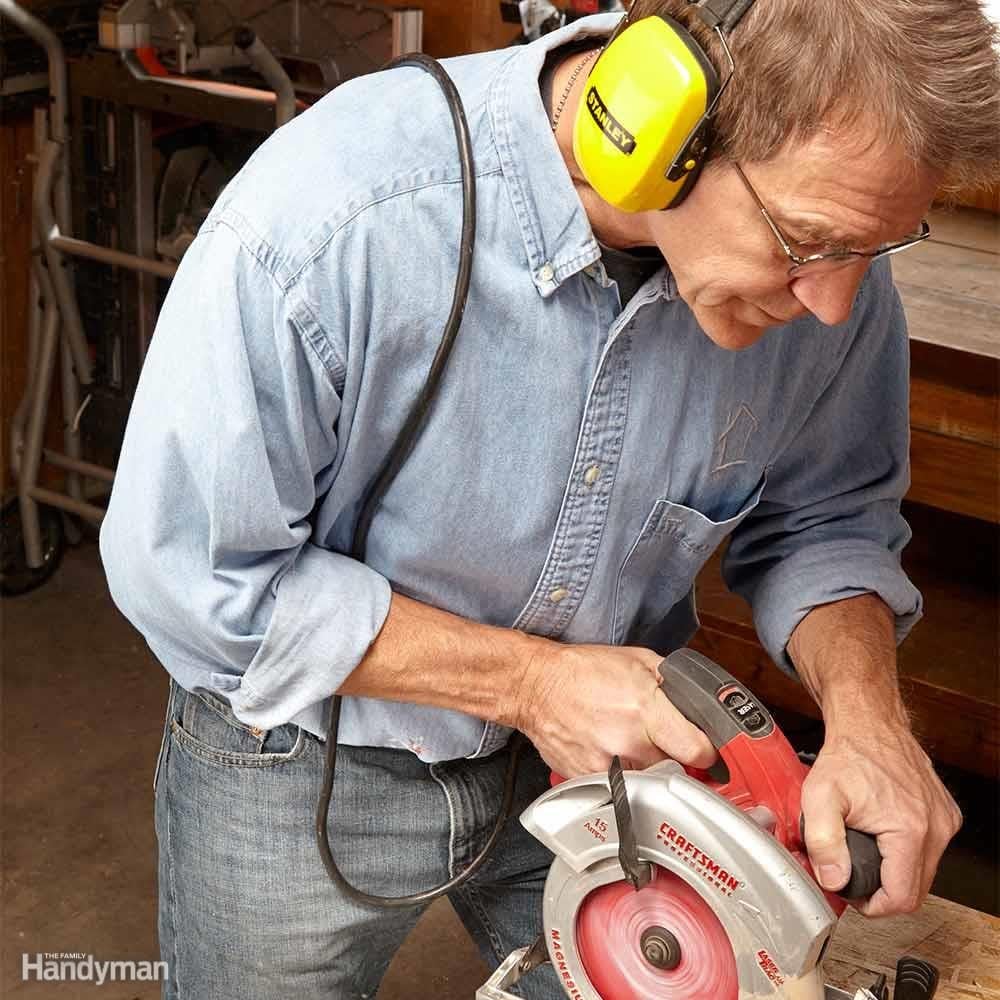
Shoulder the Cord
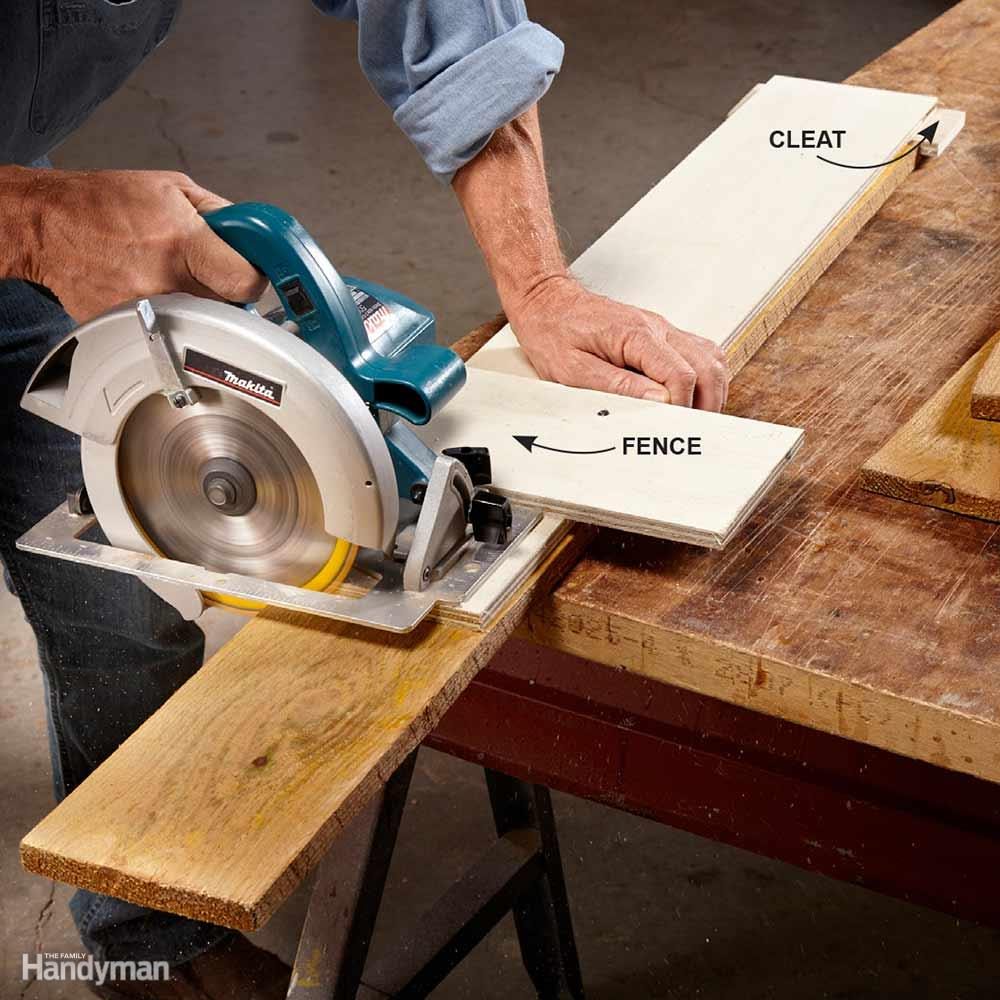
Quick, Identical Cuts
When you need to cut dozens of boards the same length, don't measure and mark them one at a time. Instead, make a simple jig. This one takes less than five minutes to build and guarantees that each of the 100 fence pickets you cut are exactly the same length.
To make one, screw a fence to a long scrap of plywood and run your saw along the fence to trim off the excess plywood. Then measure back from the cut end and screw on a cleat. The cleat location determines the length of the cut, and the fence guides your saw for perfectly square cuts every time.
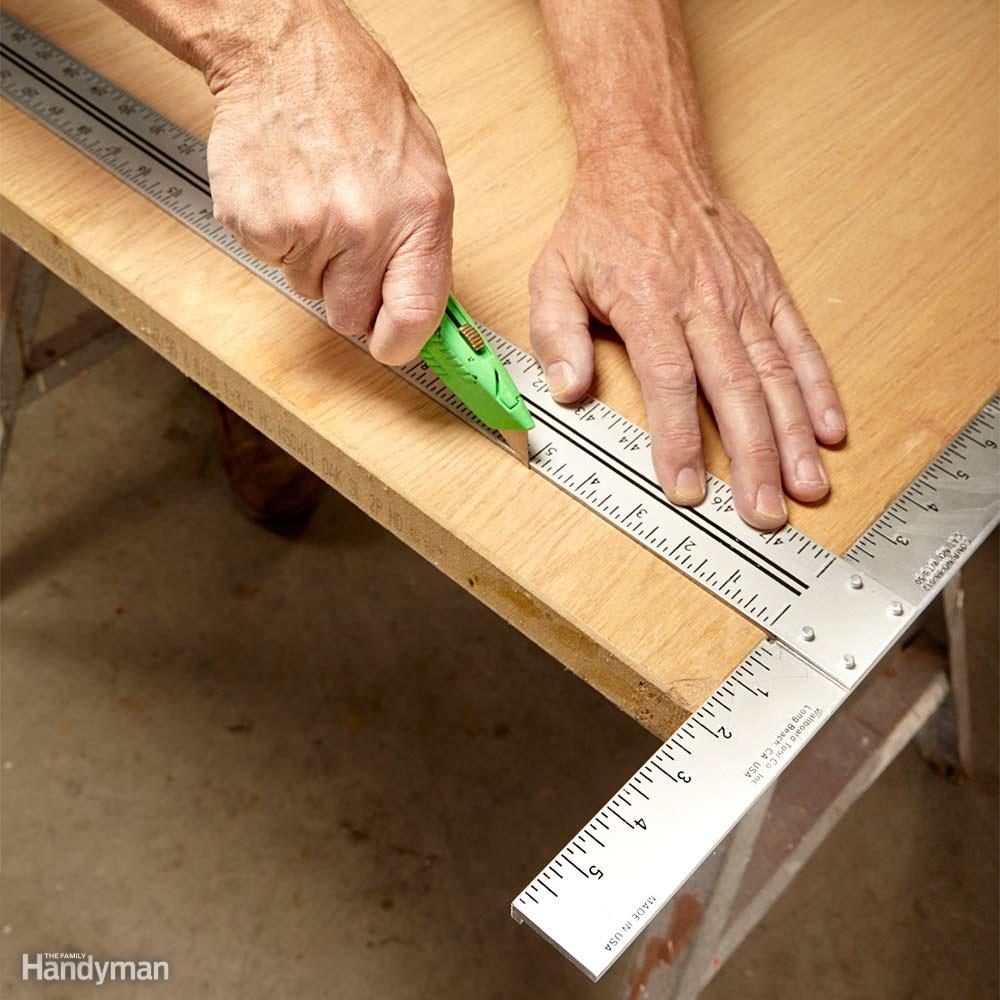
Score a Clean Cut
Circular saws usually splinter the wood that's facing up and cut cleanly on the side that's facing down. So when you're cutting veneered plywood, always position the material “good side down” so the teeth of the blade are pushing the veneer up against the core rather than ripping it away. Pushing your saw more slowly than normal also helps reduce splintering. If you need both sides splinter-free, mark your cut by scoring the veneer with a sharp utility knife, then cut just a hair to the “waste side” of the line. Any splintering will occur on the waste piece. A quick swipe with sandpaper will clean up any little fuzzies left behind.
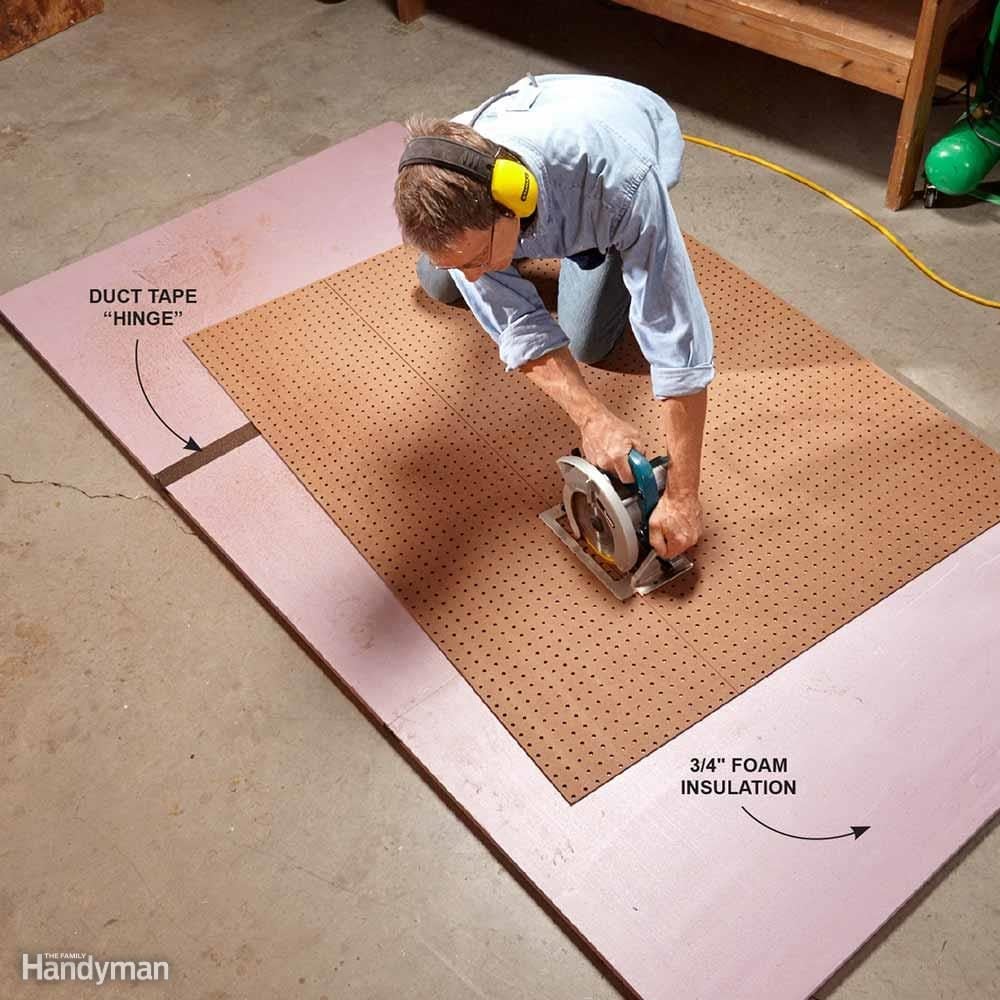
Plywood Cutting Pad
Only NBA players have arms long enough to push a saw across an entire sheet of plywood. It's easier to lay the plywood on a sheet of extruded foam, then crawl on your knees while making the cut. You don't have to reach as far and you have better sight lines. Cut the foam into two or three pieces and rejoin them with duct tape. The tape creates hinges, which allow you to fold up the foam and stash it away when not in use.
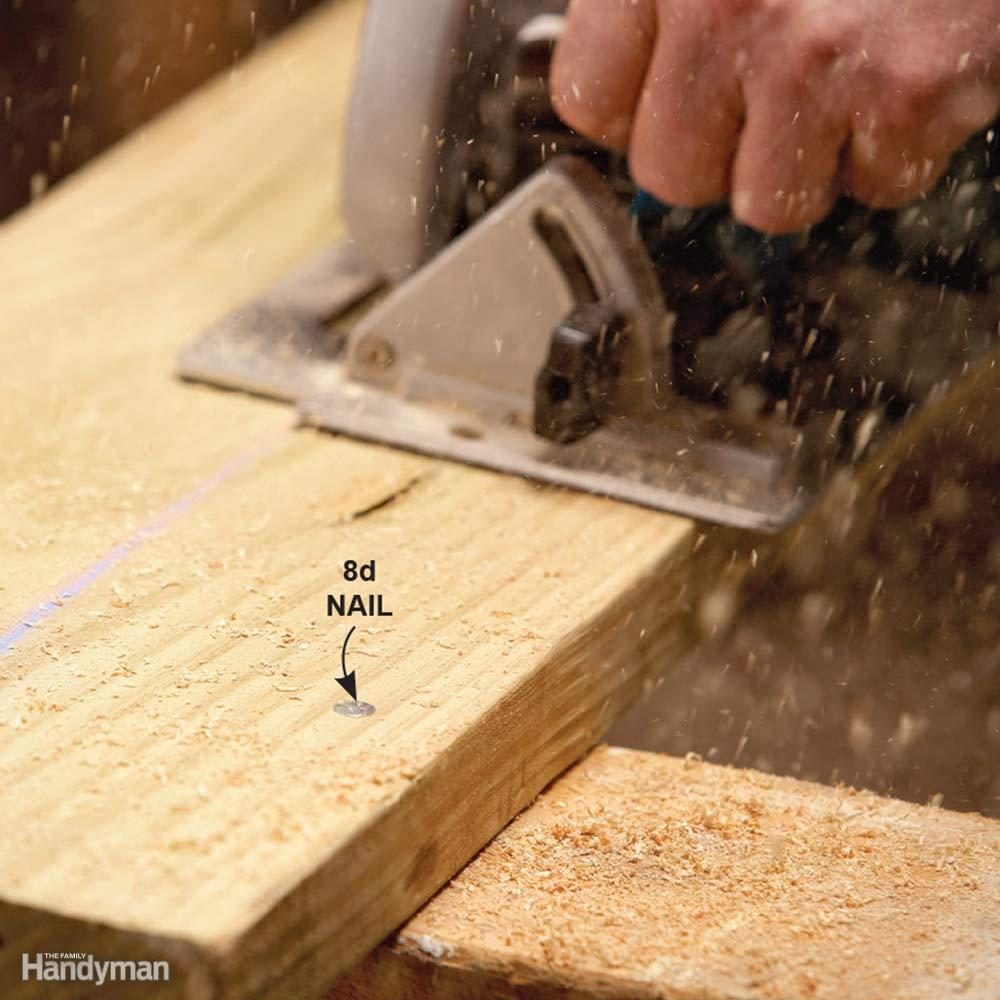
8d Ripping Assistant
Whenever you have to rip boards and there's no table saw around, nail the board down to the top of the horses with 8d nails. Just keep the nails away from the cut. It's much safer than holding the board with one hand while you cut with the other. And you'll get a straighter cut. When the cut is complete, pull the board free, tap out the nails to expose the heads and jerk them out.
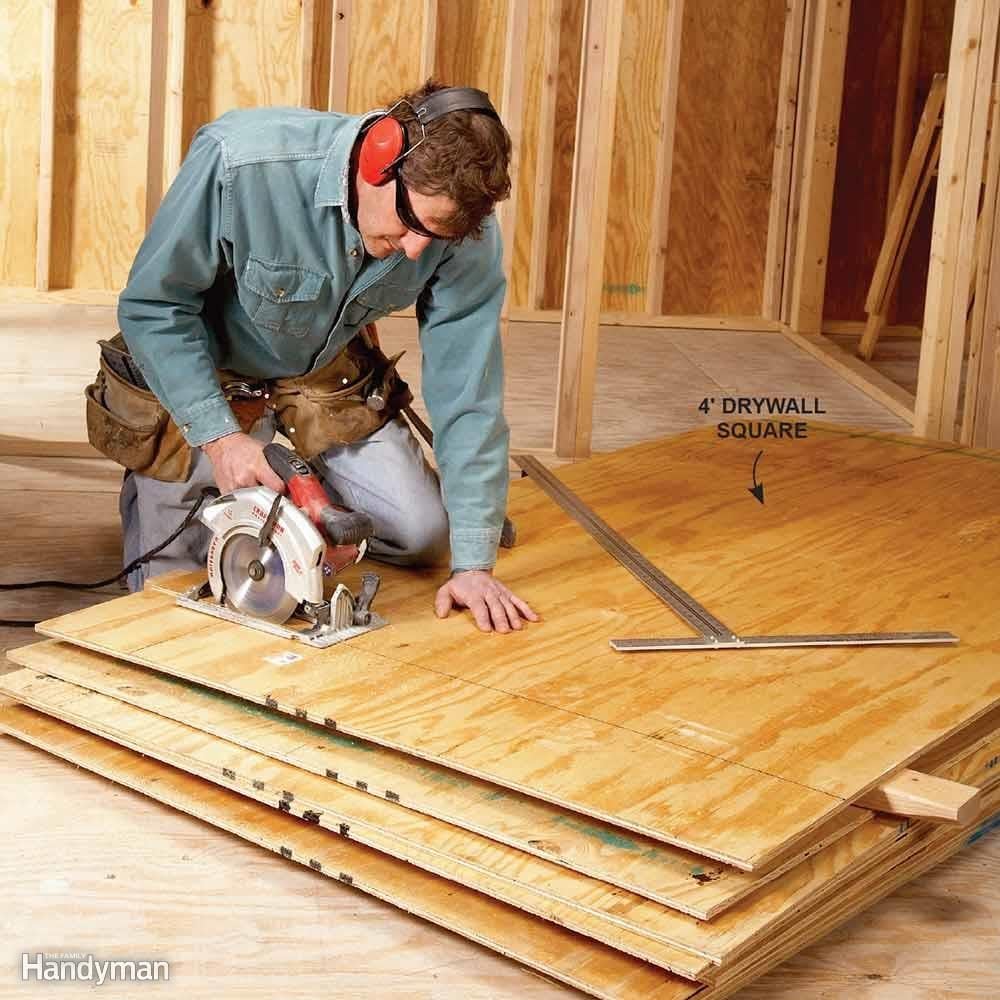
Work Off the Stack
Don't pick up sheets of plywood and place them on horses every time you have a cut to make. Save your back and your time. Get down on your knees and work off the stack. Slip a couple of 2x4s under the sheet undergoing surgery, make your marks and then your cut. It's that simple. By the way, a drywall square is the perfect tool for marking crosscuts on plywood.
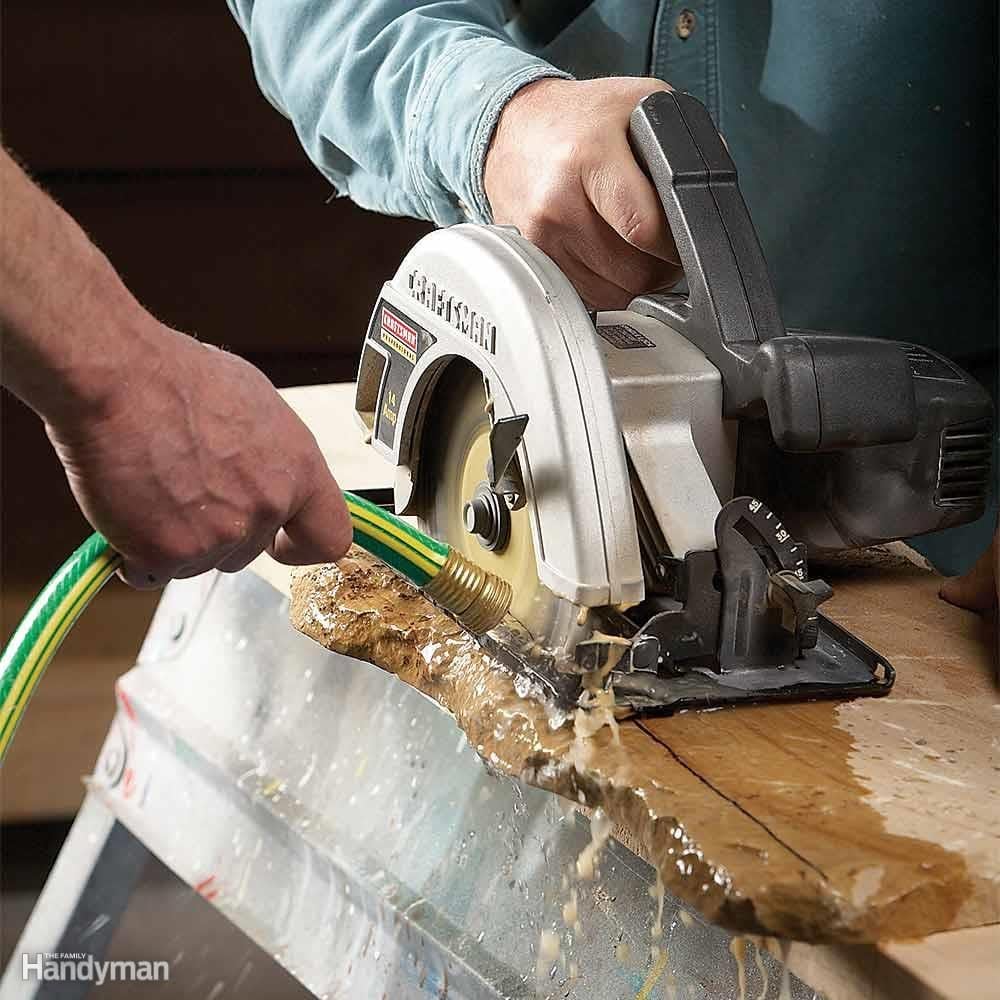
Cutting Through Stone and Masonry
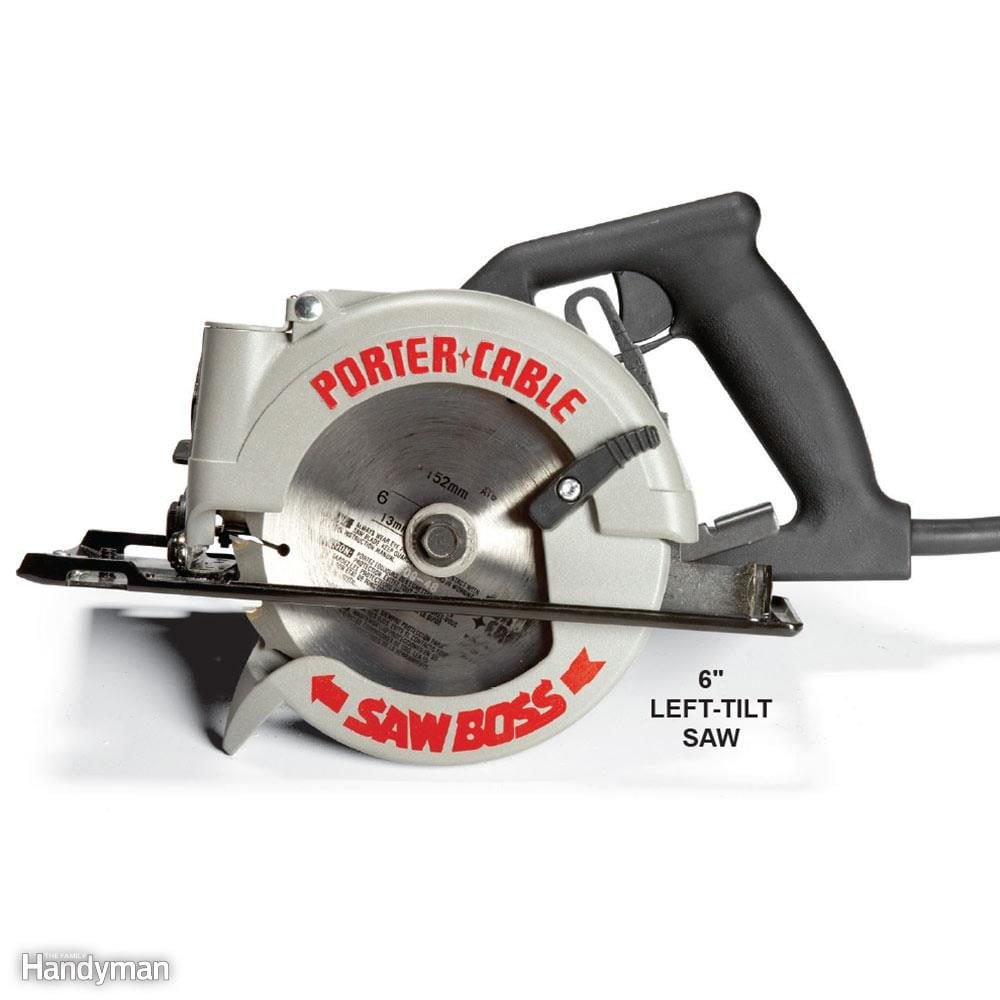
Mini Circ Saws
If you have a yen for an extra circular saw, consider picking a mini saw with a blade in the 5- to 6-in. range. You'll love it. It's much lighter than a standard 7-1/4-in. saw, yet you can still cut 1-1/2-in.-thick material at 90 degrees. But here's the big reason. On most mini saws, the blade is on the left side of the motor (called a “left-tilt saw”). Sometimes, this saw will fit in places where a larger saw won't. Other times you'll need it to cut bevels that are awkward or impossible with conventional right-tilt saws.
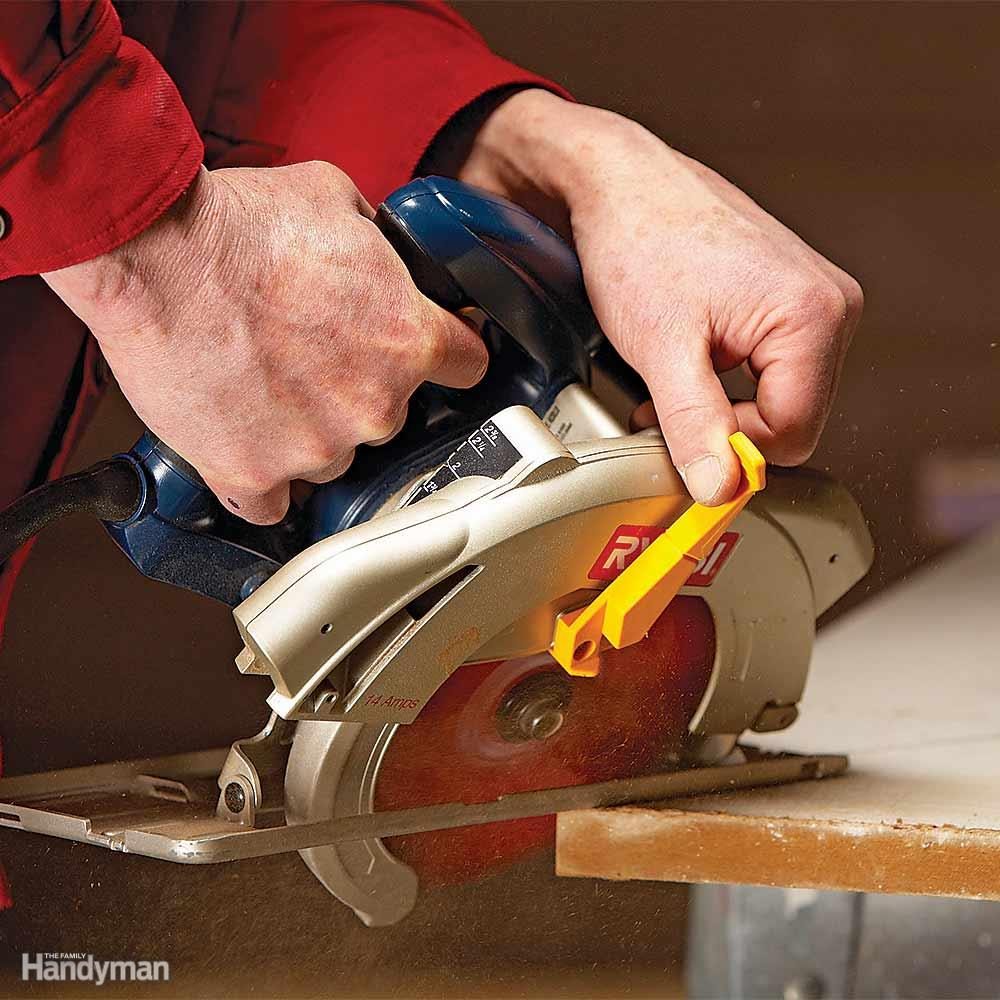
Nonbinding Compound Cuts
Cutting steep angles, especially if they're compound (cuts with a bevel and an angle), requires one special step. That's pulling the guard back from the blade as you begin the cut. Skip this step and your guard will get bound up as you enter the cut and make it impossible to continue.
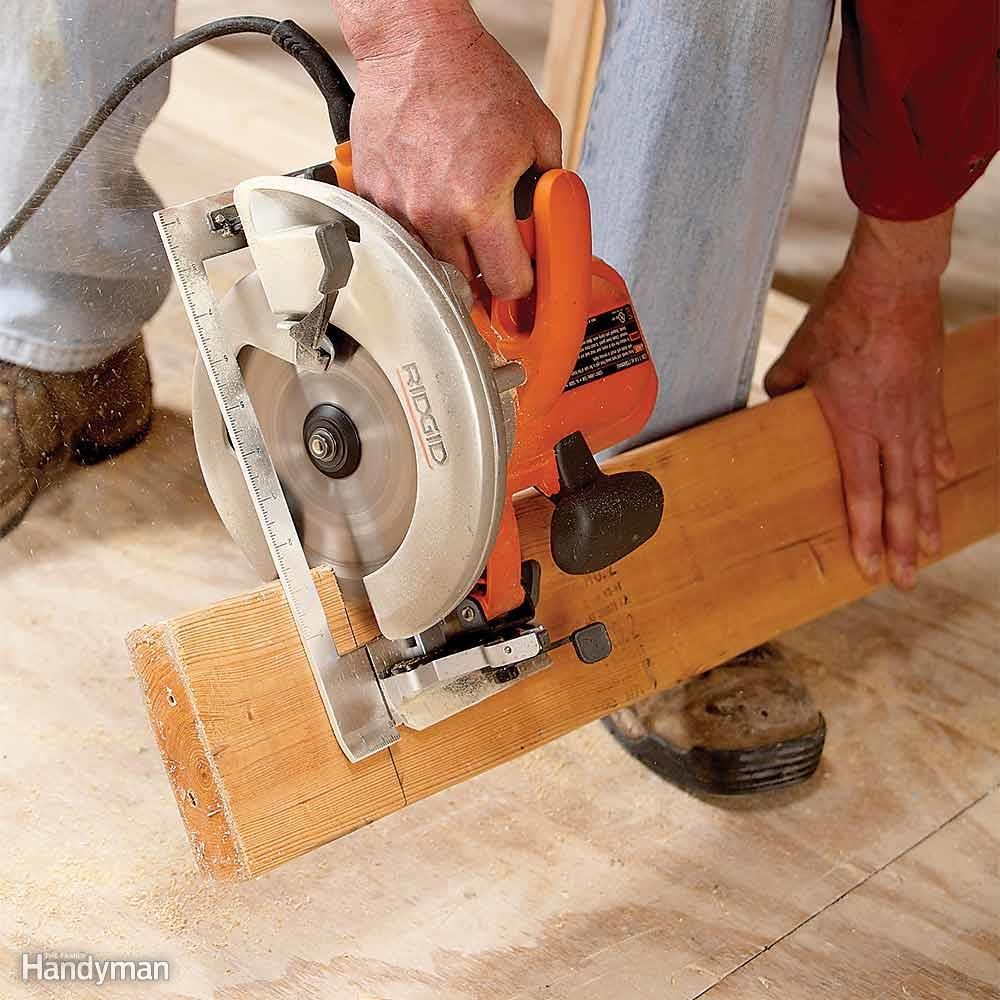
Your Foot as a Sawhorse
Master this trick and you won't have to lug lumber to the sawhorse for every cut. It's simple and saves countless trips back and forth. It's also perfectly safe as long as you keep your foot at least 12 in. away from the cut. Just prop the board on your foot with the other end resting on the floor or ground. Tilt the board up and make the cut.

Cutting Thin Metal
With a metal-cutting blade in your circular saw, metal roofing cuts as easily as aluminum foil. No magic to it—just place the show side down for a nicer finish. If you have metal to get rid of, like old exterior doors or even old metal tanks, you can cut them up into bite-size chunks that'll fit in the trash can or make them easier to haul to the dump.
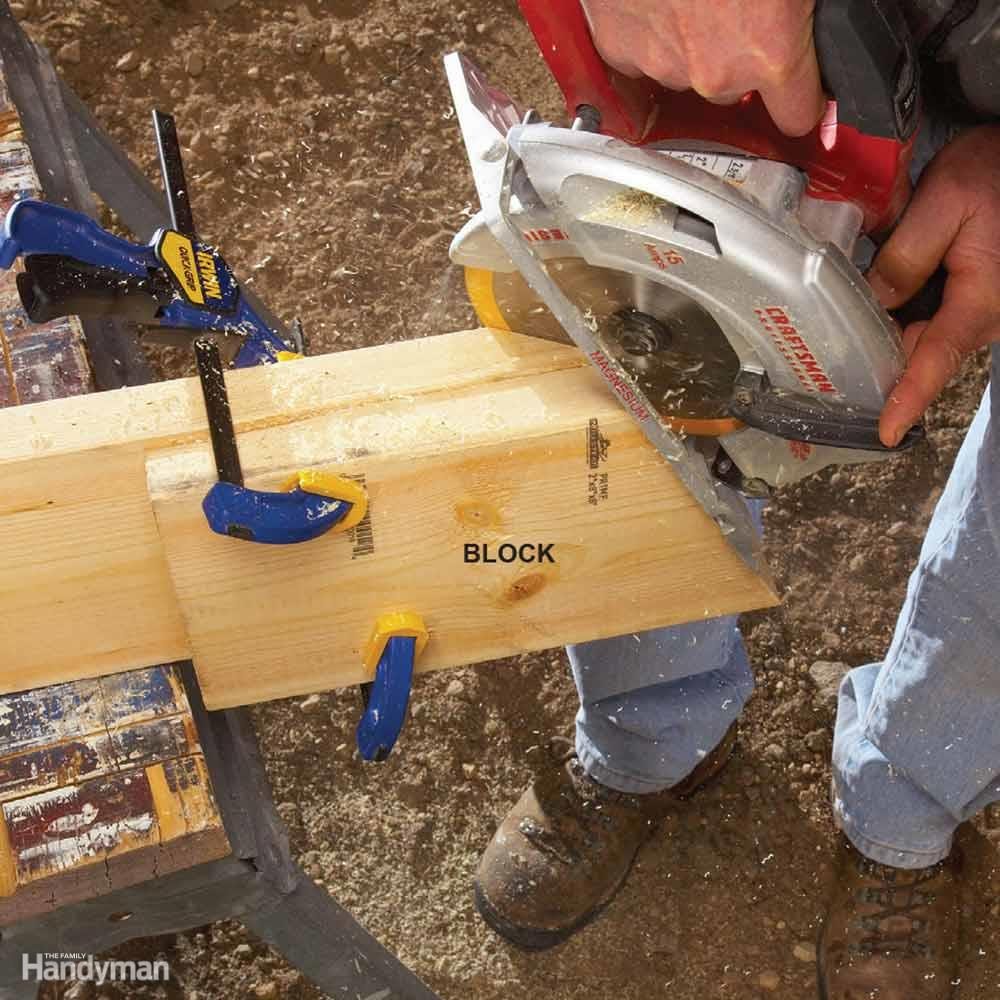
Steep Bevel Cuts
Most circular saws will make bevel cuts of only 45 degrees. Here's a trick for cutting bevels that exceed 45 degrees. Let's say you need a 55-degree bevel. Subtract 55 (or whatever bevel you're after) from 90 and set your saw at that bevel (in this case, 35 degrees). Next, clamp or screw a block even with the end of the board to support the saw base while you cut. The blade probably won't complete the cut, but it's easy to finish it with a handsaw or reciprocating saw. This trick works for compound cuts as well. Cut the angle first with the saw at 90 degrees, and then use the off-cut to support the saw while you cut.
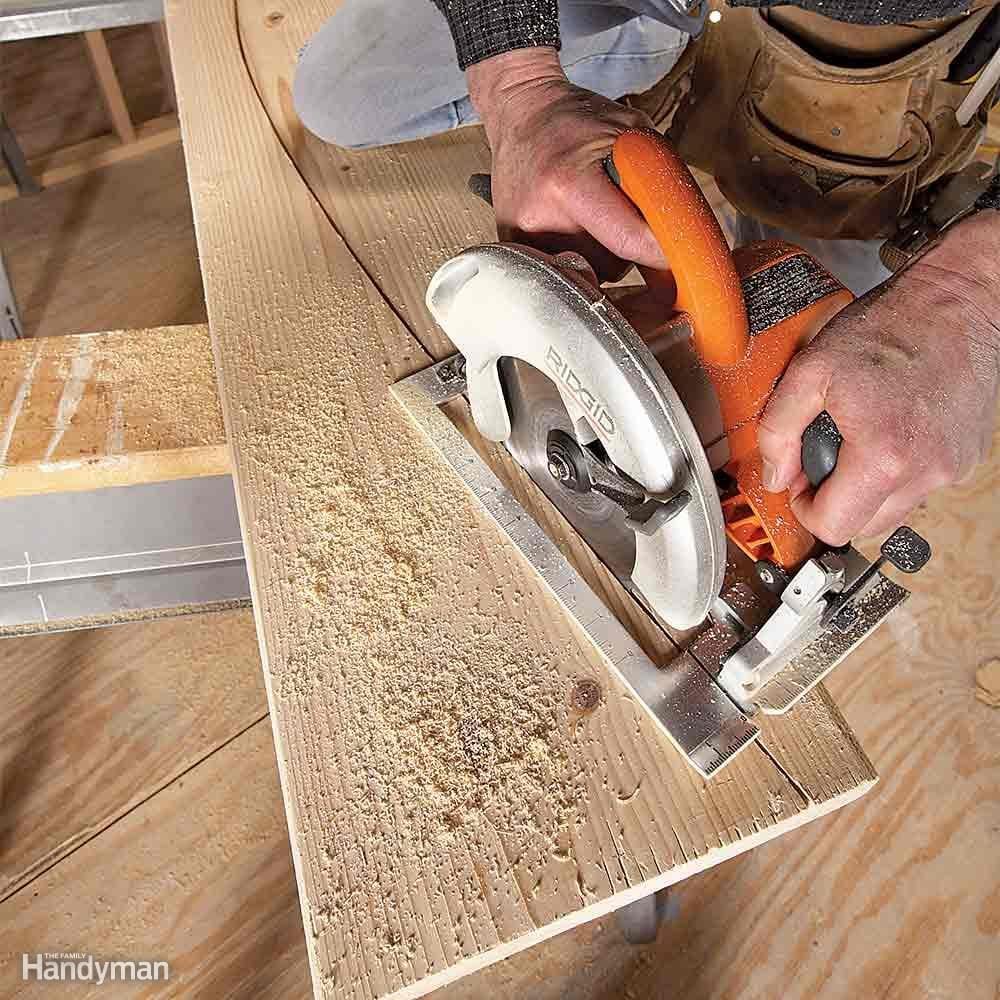
Cutting Curves
If you grab your jigsaw whenever there's a curve to cut, next time try your circular saw instead. It'll do a sterling job for long, gradual curves in a fraction of the time a jigsaw will. Plus, you'll get a much smoother cut. If you're cutting plywood, set the saw to cut just deep enough to cut through the wood. The deeper the blade, the harder it'll be to make the cut because it'll get bound in the kerf. If you're cutting thicker material, cut halfway through on the first pass and then make a second, deeper final cut following the original cut. This trick isn't for super-tight curves, though. If it's too hard to push the saw through the cut, you'll just have to go with the jigsaw—sorry.
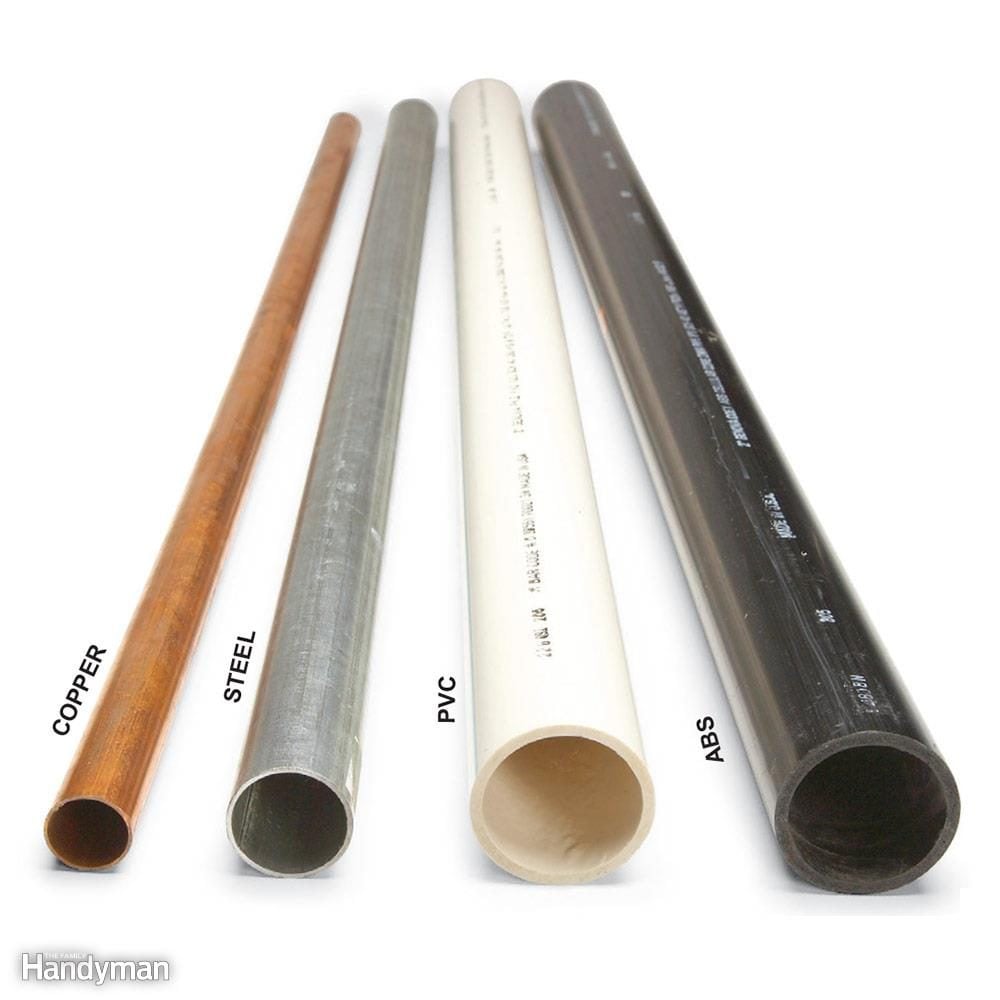
Dealing With Pipe
A circular saw makes short work of pipe—any kind but cast iron. Use a fine-tooth carbide blade for PVC, ABS or copper. Choose a metal-cutting blade for cutting steel, such as fence posts, and metal plumbing pipe.
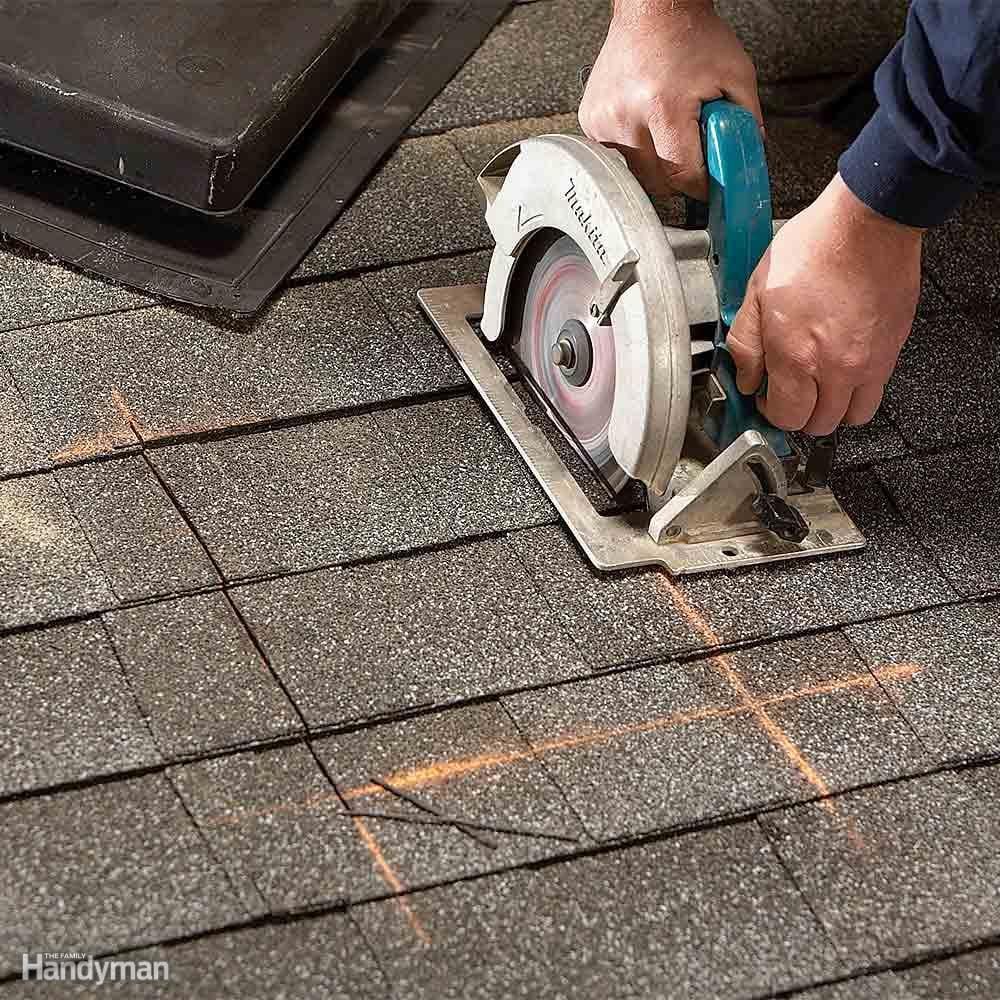
One-Step Roof Cuts
Sometimes you need to cut a hole in a roof for roof vents, chimneys, skylights, whatever. You don't have to remove shingles before you cut. Just stick an old carbide blade in your saw and plunge-cut right through the shingles and decking.

Perfect, Painless Siding Cuts
Cutting lap siding is tough because it's awkward to “four-wheel” the saw over the laps. Next time you're faced with cutting through siding, make a plywood cutting jig. Screw a 1x3 or 1x4 fence to a 12-in. strip of plywood about 6 in. from the edge. Then rip off the excess plywood. Screw the guide right to the siding with the edge of the plywood directly over the desired cutting line, and set the cutting depth to cut just through the siding, including the thickness of the jig. The saw's base will ride on the flat surface and you'll get a perfect cut every time. With a diamond blade, this trick works great for stucco, too.